

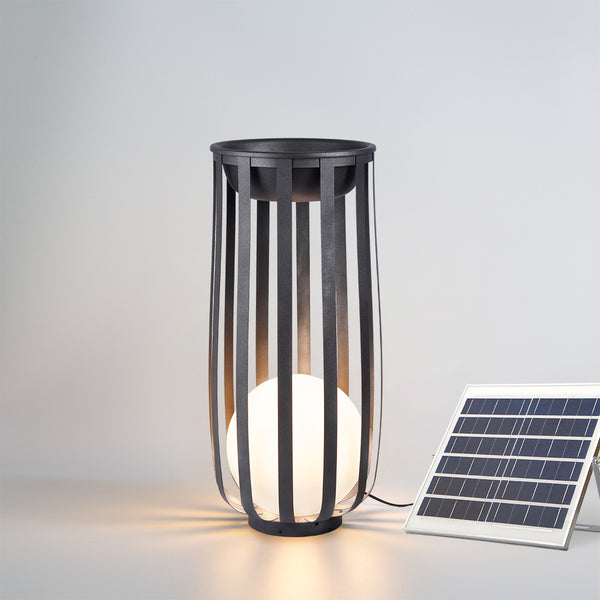
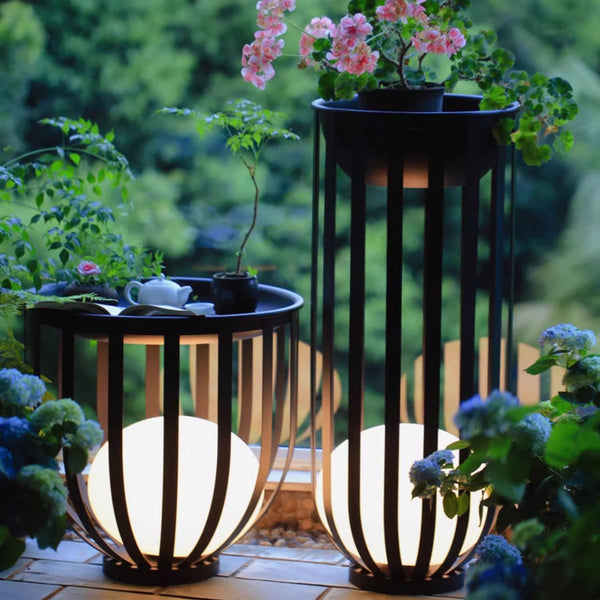
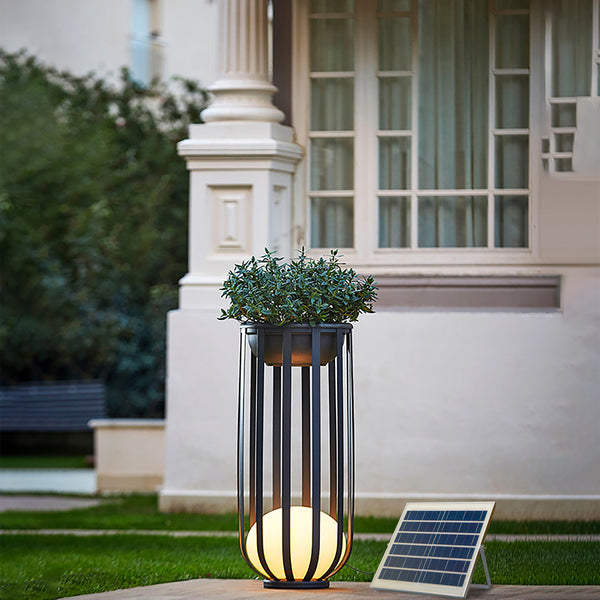
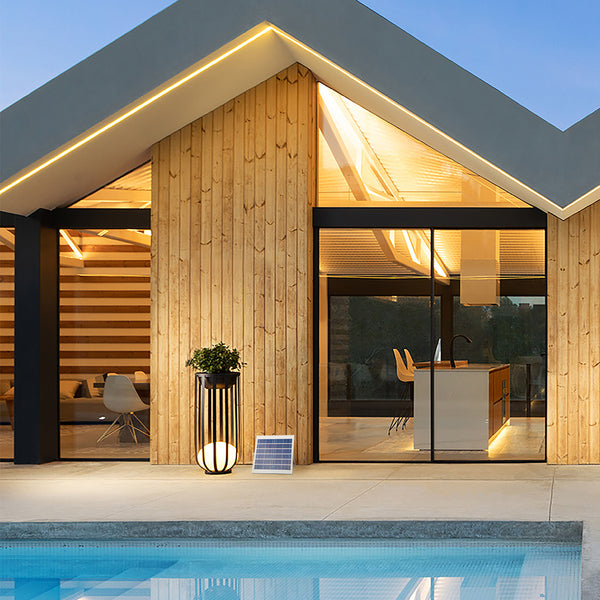
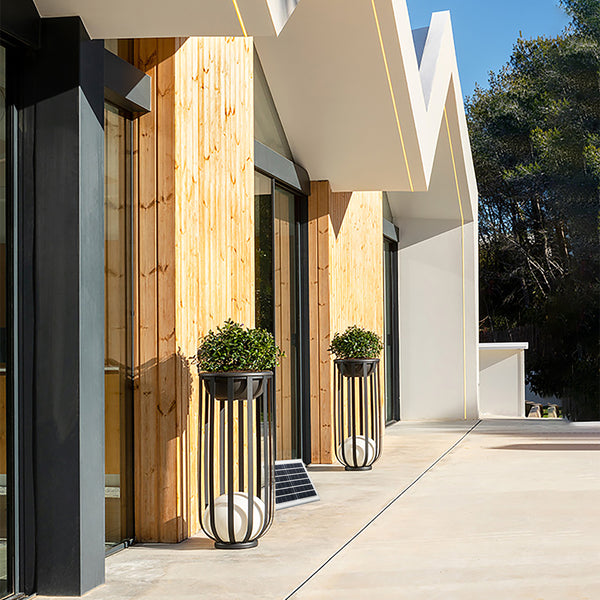
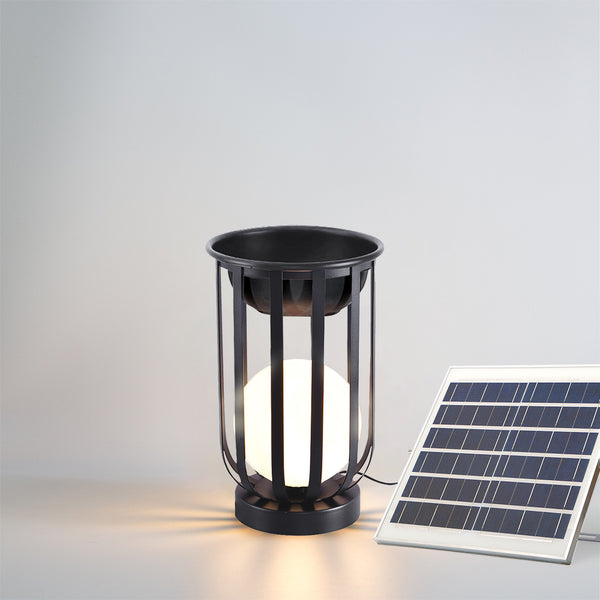
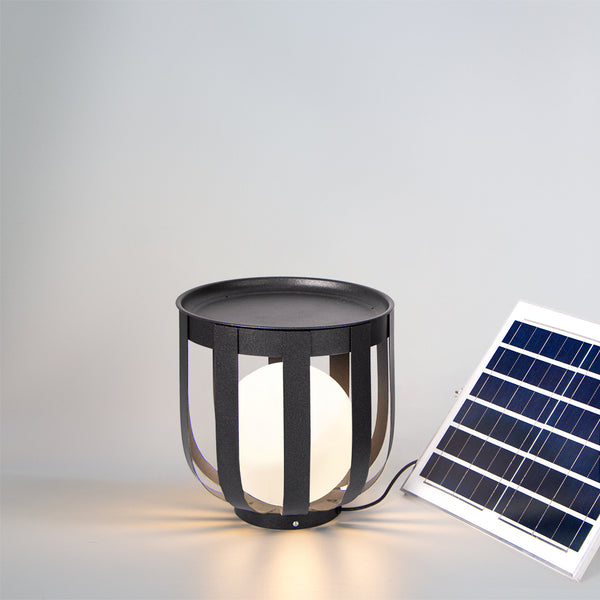
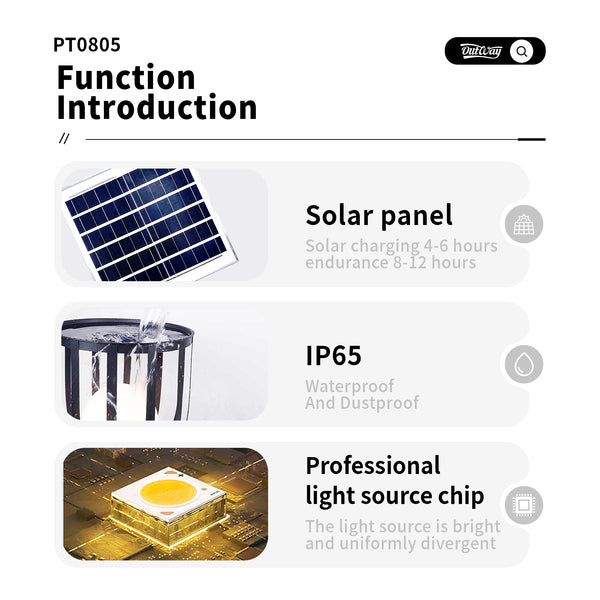
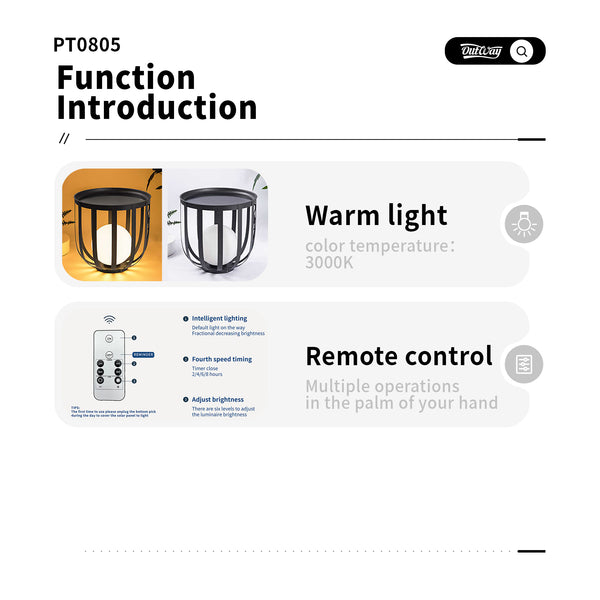

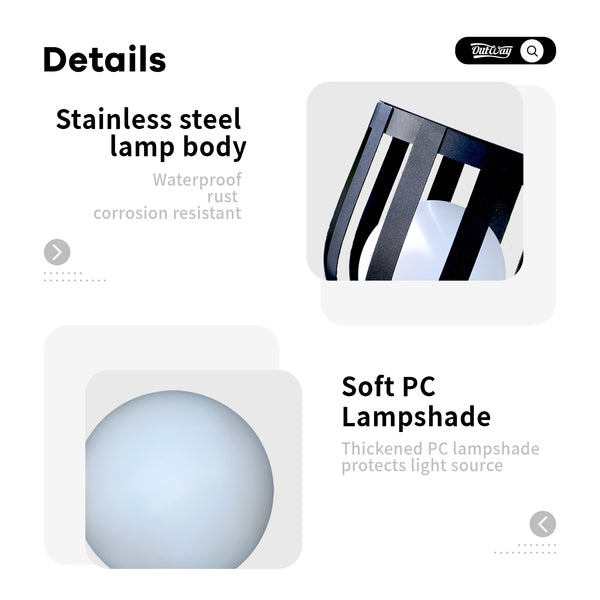
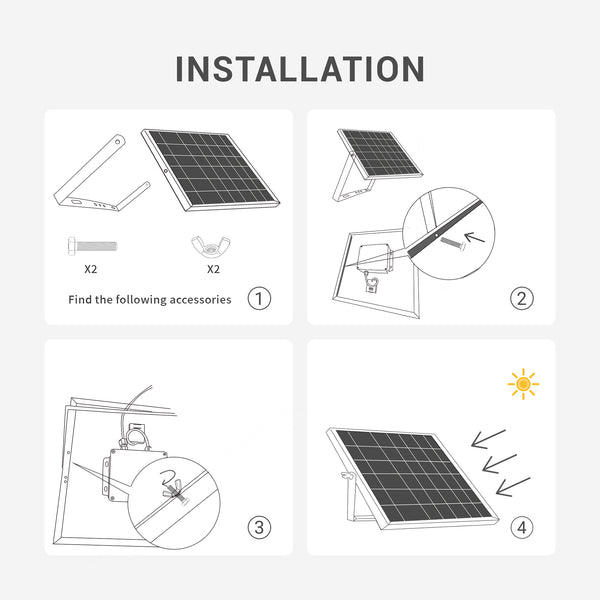
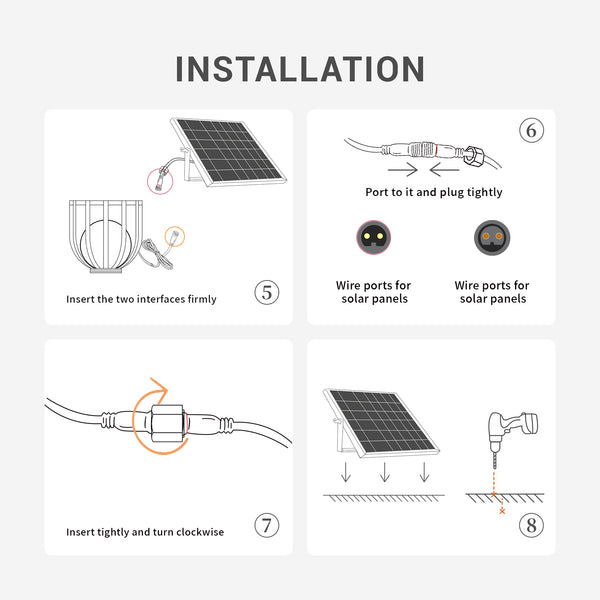

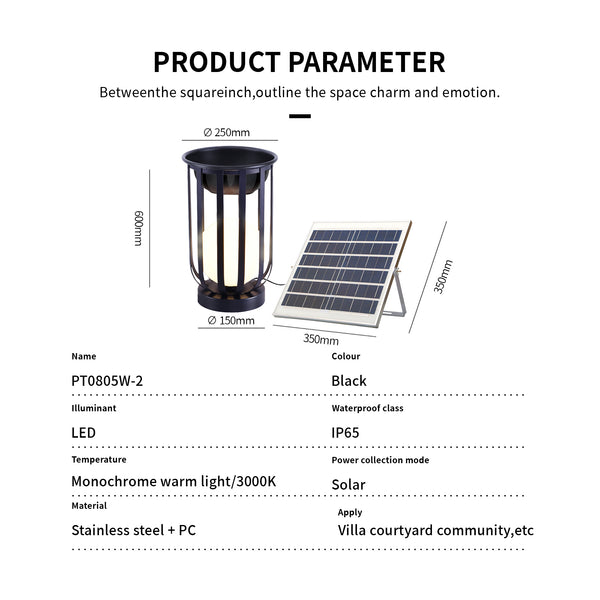
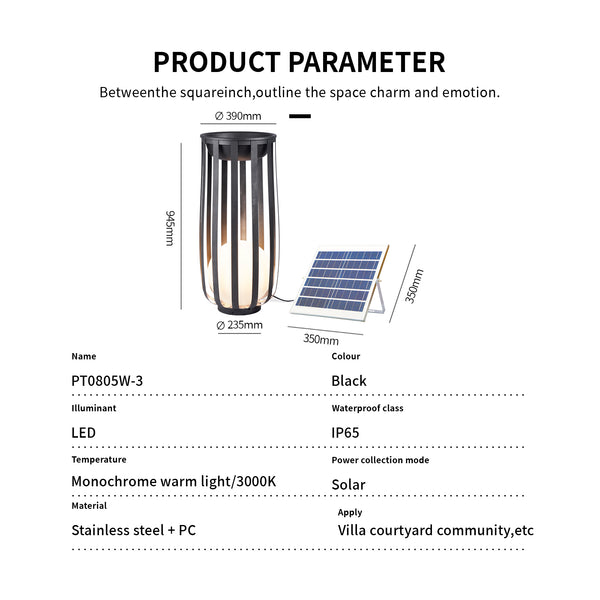
SKU: PT0805W-1

The PT0805W Solar Garden Light isn't just a light, it's a coffee table, a planter shelf, and a modern sculpture all in one. Built to thrive under Australian conditions, it's your all-in-one solution for stylish, functional outdoor living.
Maximize every square meter with multi-functional brilliance:
✅ Cozy Lighting:
2700K warm white, glare-free illumination, perfect for intimate backyard dinners or twilight cocktails.
✅ Outdoor Coffee Table:
Tempered glass top supports up to 10kg, tough enough for a 5-person BBQ grill.
✅ Planter Shelf:
Display succulents, ferns, or native flora with removable tiered shelving.
✅ Artistic Sculpture:
Modern minimalist design blends effortlessly with contemporary and coastal outdoor aesthetics.
Reliability, rain or shine:
3-Night Stormproof Operation:
Thanks to a 5m waterproof extension cable and detachable high-capacity solar panel, your space stays lit even during Queensland monsoons.
Marine-Grade Build:
304 Stainless Steel Frame: Survives over 3,000 hours of lab-tested salt spray (exceeding AS 4312 standards).
UV Block 3.0 PE Shade: Retains 98% color vibrancy after 5 years — compared to just 62% with standard plastics.
Built tough for Australia’s coastlines, cities, and outback alike.
The perfect fit for any outdoor space:
For Luxury Homes:
"Sydney’s North Shore estates: Combines dining lighting, champagne station & plant display — boosting nighttime curb appeal."
For Apartments:
"Melbourne CBD balconies: Turn just 1㎡ into a vibrant mini-bar, succulent garden, and mood-lit lounge."
For Hospitality Spaces:
"Gold Coast restaurants: Cluster six units together — daytime tables transform into nighttime guide lights — slashing outdoor setup costs by 50%."
Transform your outdoor living with the Outway PT0805W, a coffee table, planter, light, and sculpture designed to optimize beauty and space.